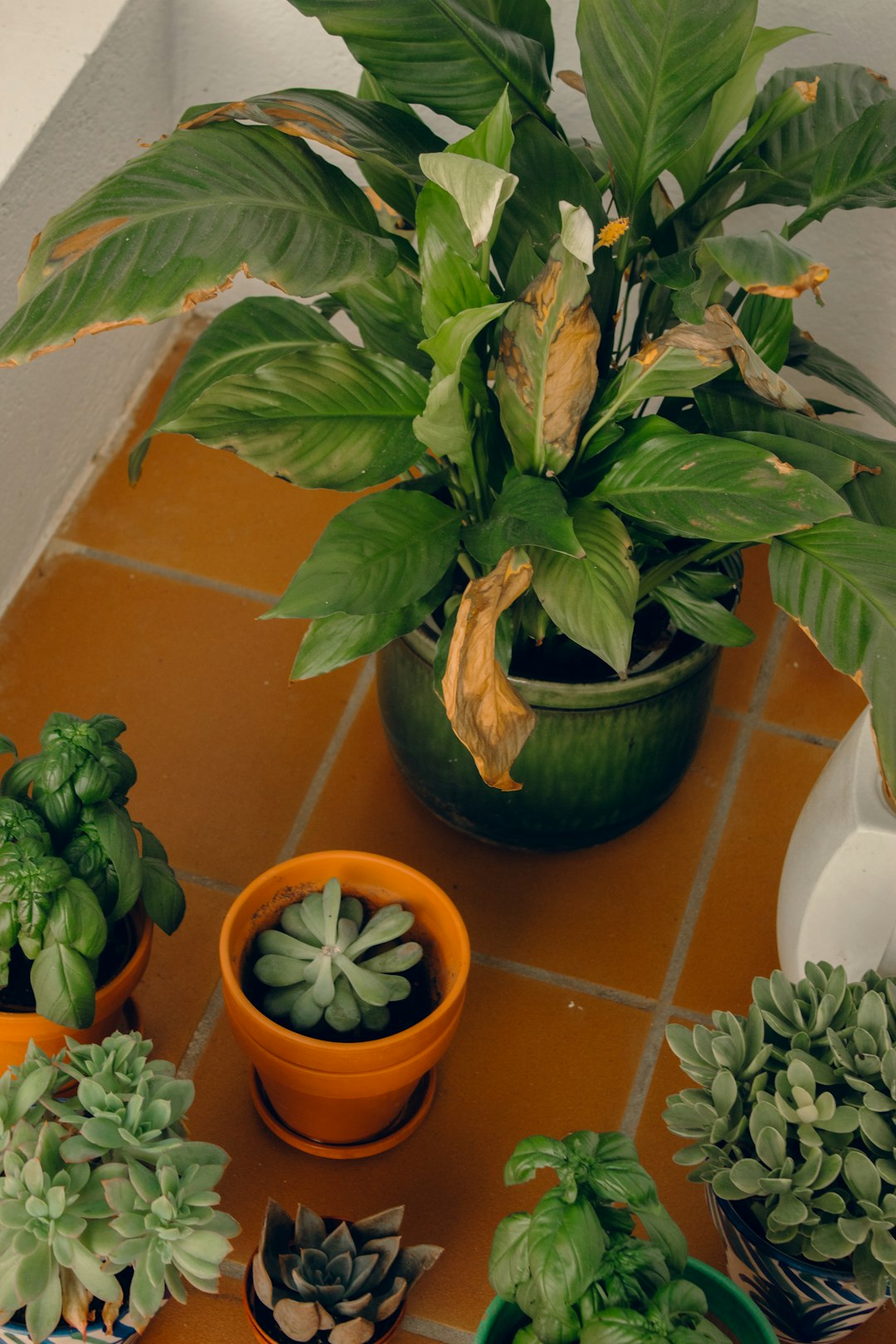Seasons of Splendor: Native Plants for a Year - Round Garden Oasis

For nature lovers and gardening enthusiasts, the allure of a garden that remains beautiful throughout the seasons is irresistible. Native plants are the secret weapon in achieving this year - round splendor. These plants are not only adapted to the local climate, soil, and wildlife but also offer a range of colors, textures, and forms that can transform your garden into a living work of art.
One of the key advantages of using native plants in garden design is their resilience. They have evolved over time to thrive in the specific environmental conditions of your area. This means they require less water, fertilizer, and pesticides compared to non - native species. For example, in regions with hot and dry summers, native succulents and drought - tolerant grasses can be excellent choices. They store water in their leaves or have deep root systems that allow them to access water deep in the soil, reducing the need for frequent watering.
In the spring, native wildflowers burst into bloom, creating a riot of colors. Columbines, with their delicate, spurred flowers, are a favorite among many gardeners. Their unique shape attracts hummingbirds, adding an extra element of life to your garden. Trilliums, another spring - blooming native, have three - petaled flowers that emerge from a whorl of leaves. They prefer shady areas and can add a touch of elegance to woodland gardens.
As summer arrives, native shrubs and perennials take center stage. Butterfly bushes, as the name suggests, are a magnet for butterflies. Their long, cone - shaped flower clusters come in a variety of colors, from purple to pink to white. Coneflowers are also popular during this time. Their daisy - like flowers with prominent central cones are not only beautiful but also attract pollinators such as bees and butterflies. These plants can be used in mass plantings to create a bold and colorful display.
Fall is a time of change in the garden, and native plants do not disappoint. Many native trees and shrubs offer spectacular fall foliage. Maples, oaks, and sumacs turn vibrant shades of red, orange, and yellow, creating a breathtaking backdrop for your garden. Switchgrass, a native grass, also takes on a golden hue in the fall. Its upright growth habit and feathery seed heads add texture and movement to the landscape. Additionally, asters and goldenrods, which bloom in the fall, provide a late - season food source for pollinators.
Even in winter, native plants can add interest to your garden. Evergreen native shrubs, such as holly and juniper, provide year - round color and structure. Their berries can also attract birds, adding a touch of wildlife to your winter garden. Some native grasses, like little bluestem, retain their shape and color throughout the winter, creating a natural sculpture in the snow.
When designing your garden with native plants, it's important to consider their mature size and spacing. Group plants with similar water and sunlight requirements together to ensure they thrive. You can also create different layers in your garden, with tall trees at the back, shrubs in the middle, and groundcovers in the front. This adds depth and visual interest to your garden.
Another aspect to consider is the wildlife that native plants attract. By providing a habitat for birds, butterflies, and other pollinators, you are contributing to the local ecosystem. You can include features such as bird feeders, bird baths, and butterfly houses to enhance the wildlife - friendly nature of your garden.
In conclusion, native plants are a valuable asset in garden design. They offer a range of benefits, from low maintenance to year - round beauty. By incorporating these plants into your garden, you can create a sustainable and beautiful outdoor space that will delight you and the local wildlife for seasons to come.